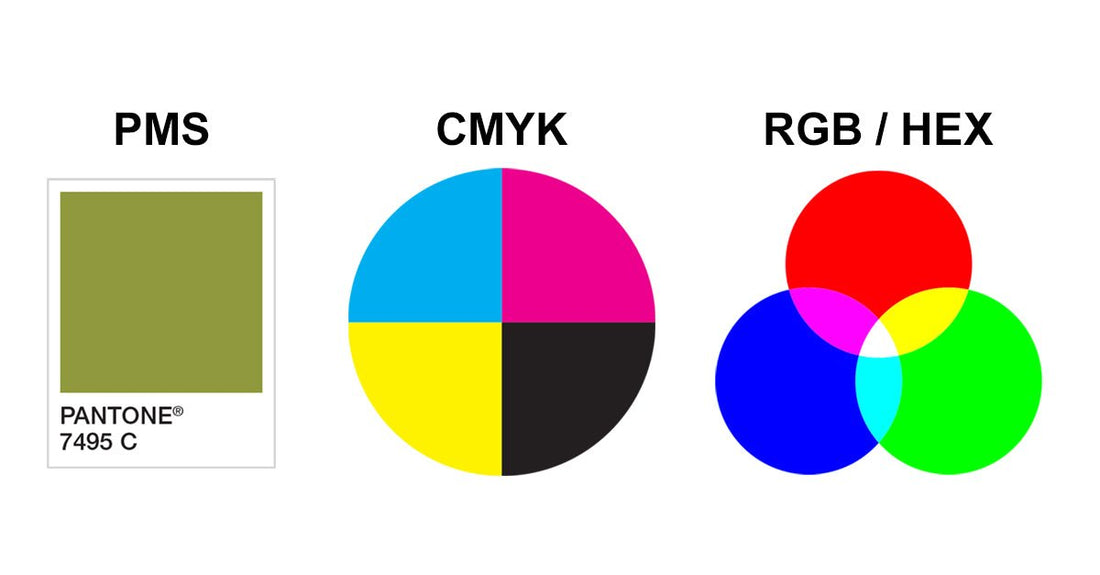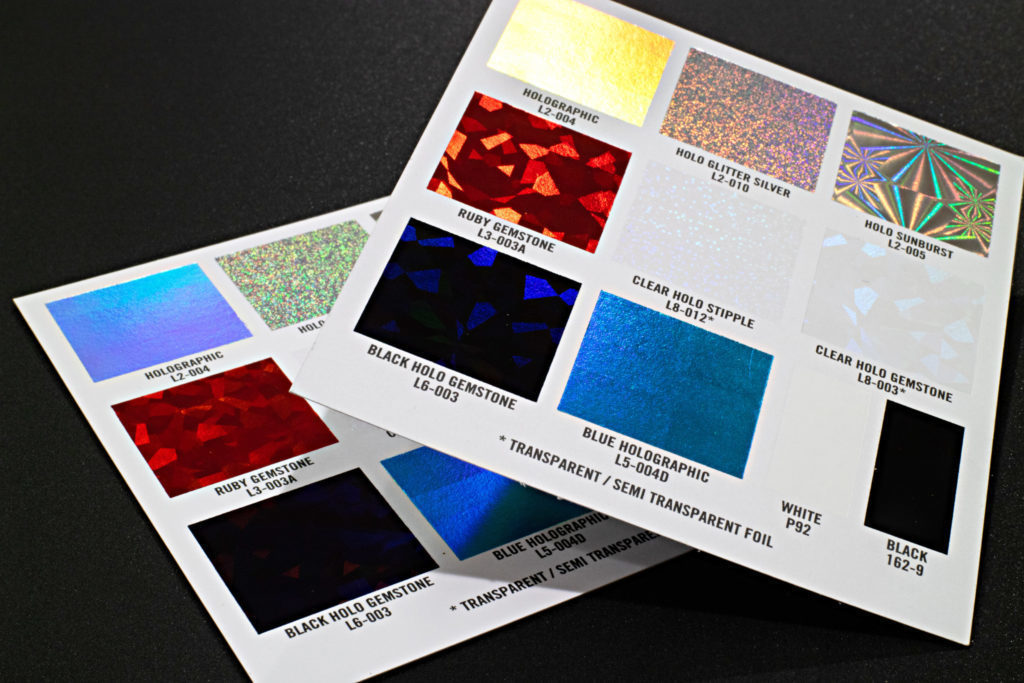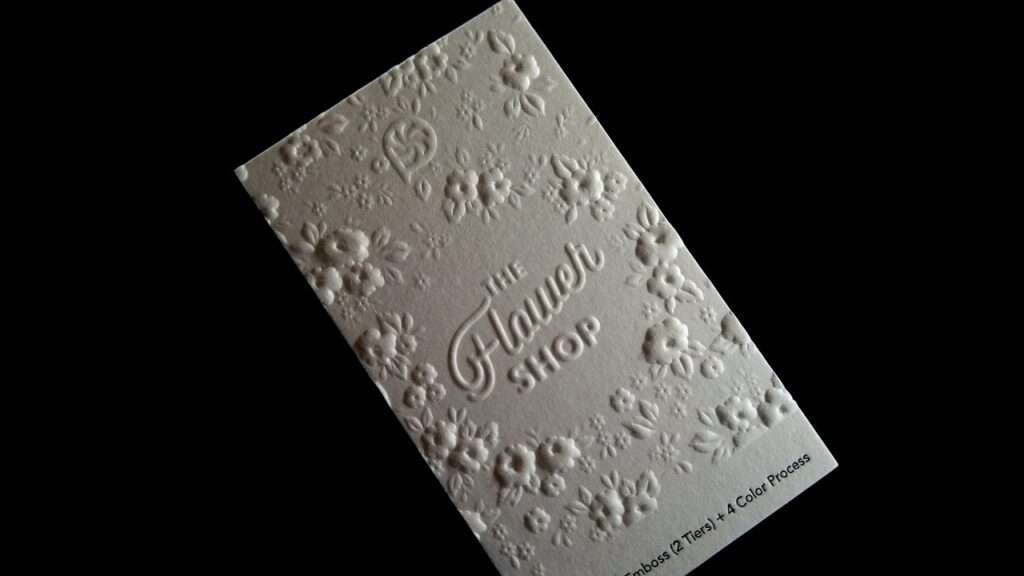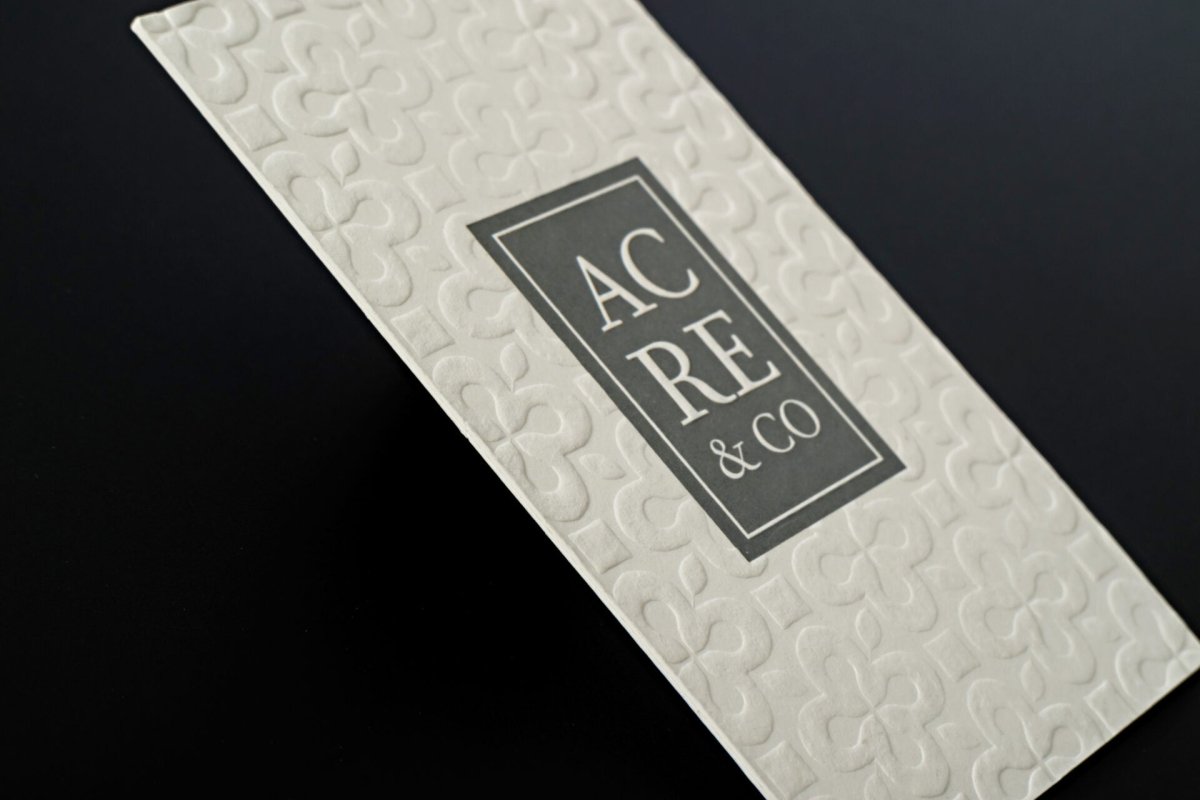
Color: RGB vs. Hex vs. CMYK vs. PMS (Pantone) - what's the difference? VIDEO
adminShare
(Img Src: https://rcpmarketing.com/color-matching-system-pms-cmyk-rgb-hex/)
Keeping the color precise and consistent in design is not easy. There are millions of designers working on content creation and printing worldwide.
On top of that, there are endless varieties of browsers, mobile devices, TVs, and printing methods that make various designs come to life.
No one can control the inherent variations in billions of mobile devices and personal computers, but there are certain color systems that are universal.
These, when used effectively, will ensure that color consistency goes a long way. Today we will discuss various color systems and what is the difference between them.
- RGB
It is the most commonly used color system in the digital world. RGB is associated with the rendering of onscreen colors by using combinations of red, green, and blue.
RGB being an additive process is the complete opposite of CYMK. When we mix all three colors, we get pure white and pure black when we remove all three colors.
RGB colors are suited to digital applications only — for instance, games, movie screens, and illuminated signs.
Although RGB colors are vibrant on screen, they tend to give disappointing results when used for printing.
HEX (hexadecimal color)
Developers and designers use HEX colors for onscreen purposes primarily in web design. A HEX color is represented as a six-digit combination of letters and numbers which are defined by its mix of the primary colors.
A HEX color code is basically a shorthand for its RGB values with a few conversion workflows in between.
You don’t need to worry about the conversion as most graphic designing software come equipped with built-in conversion tools.
CMYK
This color system is also called a four-color process. It is a method through which a combination of tiny transparent dots of four-ink (cyan, magenta, yellow, and black) are printed.
Different combinations of small and large CYMK transparent dots overlap each other for creating a wide spectrum of colors. A CYMK is primarily used for printing applications, and it is not one solid color.
Looking at a CYMK printed piece through a magnifying glass, you will be able to see a pattern of CYMK dots and their overlapping to make the final color.
The CYMK colors absorb colored light, that is why CYMK is known as a “subtractive” color model.
PMS (Pantone)
PMS system is primarily used for offset printing only and is ideal for stationary. PMS is utilized in one- or two-color jobs.
In addition to the four-color process, PMS colors are also utilized as spot colors on premium brochures.
PMS colors are patented and standardized color inks which are made by the Pantone company. Pantone is the first company that created the first comprehensive standardized system of matching and creating colors in the design community.
This standardization allows most organizations and businesses to use PMS colors for their branding, especially logos.
This way, they can make sure that strict color consistency is followed across their various print products around the world.
In recent years, Pantone has decided to expand PMS to plastics, lifestyle, fashion, and home products.


